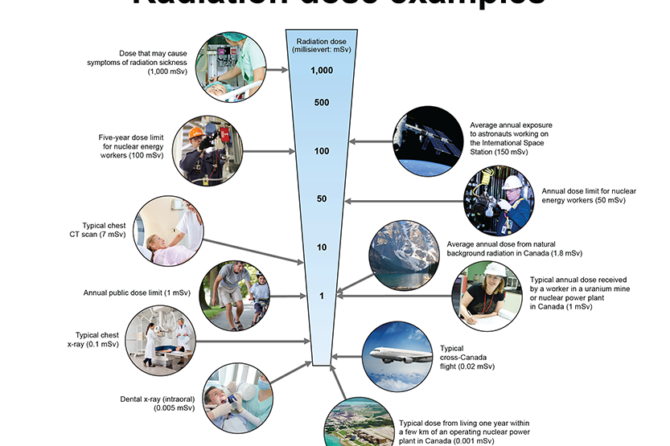
Does taking routine dental x-rays increase risk of cancer in children?
The American Cancer Society journal published an article connecting increased risk for brain tumours with dental x-ray use in children. This study has sparked many discussions in the media and alarmed many parents about the use of dental x-rays in children.
The study interviewed patients who were diagnosed with a brain tumour at ages 20 to 79 years and asked them if they remember how many dental radiographs were taken on them when they were younger than 10 years old. The researcher found that patients diagnosed with brain cancer recall having more dental radiograph exposure than those who are not diagnosed with brain cancer. Based on this finding, the researchers reported an increased risk of a brain tumor in individuals who received radiographs on one or more occasions per year, especially those people who had a panoramic examination under 10 years of age.
One major weakness of this study was the requirement for patients to remember their dental x ray history from many decades ago when they were children. This kind of recall study are known to be unreliable because people cannot even accurately remember what they had for breakfast yesterday, let alone an event from 50 years ago. Also, people diagnosed with an illness are more inclined to associate events that they think have contributed to their illness, whether it is true. We won the lottery after finding a four-leaf clover, but was it true or just a coincidence?
The advent of digital radiographs has facilitated higher quality images with much less exposure to radiation than what the study participants experienced over 50 years ago with traditional films. All factors considered, it is questionable whether the conclusion of this study applies to current routine x-rays practice in dental clinics. The benefit of early diagnosis of oral conditions with x-rays far outweighs the negligible risk of radiation exposure. There is no reason to be alarmed when your child receives their regular dental assessment. Dental x-rays add value to dental exams as many diseases are not detectable with a visual clinical exam.
As you can see on the enclosed reference, Health Canada provides references for safe annual radiation exposure. Unbeknown to many of us, many other daily activities also render our radiation exposure. A flight to California is an example (yet we may not want to skip the trip to Disneyland!) BC Dental Association, American Academy of Pediatric Dentistry offer guidelines which Dr. Tsang and her dental team strictly follow. The ALARA (as low as reasonably achievable) principle, promotes responsible use of diagnostic radiation and we tailor our frequency of taking x-rays based on individual caries risk. X-rays is never prescribed “routinely” but only when its use adds values to treatment decision. Our digital x-rays equipments are inspected periodically to ensure minimal radiation exposure to our patients.
If you have any question or concern about X-rays, please do not hesitate to reach out to us.
Leave a reply